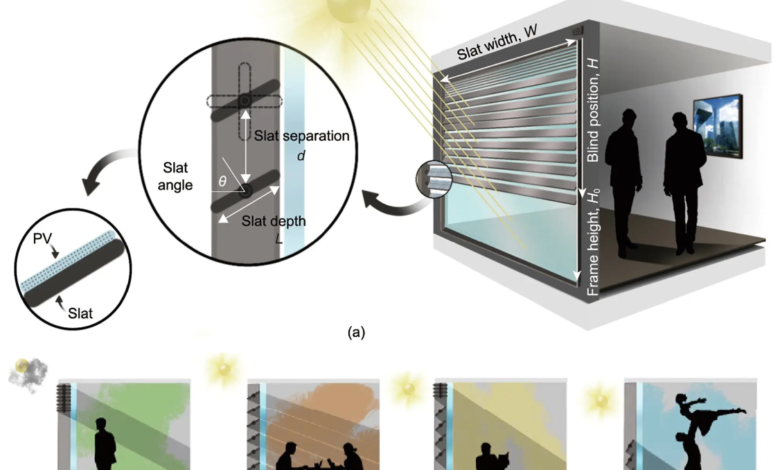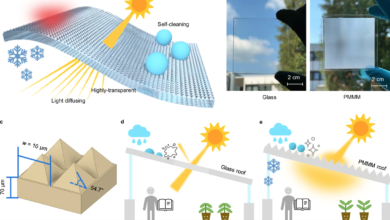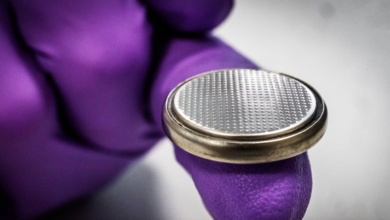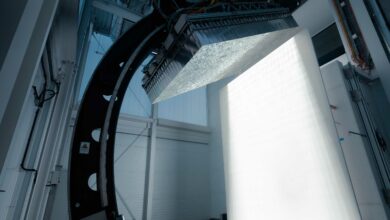Integrated photovoltaic blinds for the skyscrapers of tomorrow

Dynamic Photovoltaic Blinds for High Saving Skyscrapers
(sustainabilityenvironment.com) – If we were to describe them only according to the appearance we could imagine them as a kind of new generation photovoltaic blinds. But the solution studied by a group of scientists from Tsinghua University and Shenzhen University, China, represents something more. The team has modeled a new type of photovoltaic building envelope, dynamic and vertical, able to stand out for both aesthetic quality and potential energy savings.
The goal of the work was to find an architectural solution for skyscrapers with glazed facades, which was flexible and aesthetically appealing. The choice fell on the so-called dynamic facades, that is, kinetic elements integrated in the external walls of buildings and able to adjust automatically or manually to modulate sunlight, temperature and ventilation. The concept has been merged with another building system dear to the way of green building: integrated photovoltaic envelope (PVBE). Obviously, it is not the first time that arrays of dynamically adjustable solar panels are proposed, but Chinese scientists propose a casing that can achieve the fundamental functions of fixed photovoltaic facades, responding to weather changes and mitigating the impact on aesthetics.
How do the new Photovoltaic Blinds work?
In detail, the solution comes from a motorized laminated photovoltaic tent. It has a compact structure and the possibility to flexibly adjust its position and the inclination of the slats themselves. In other words, the new photovoltaic blinds can stop at any height of the frame and rotate between 0- 90- and 90- of the frame. “Incorporating adjustable slats and dynamic positions of the tents, the integrated photovoltaic envelope, dynamic and vertical improves thermal and visual comfort also allowing the generation of energy […] in situ in various weather conditions”, is read in the publication on Engineering. “Unlike existing PVBE systems that automatically chase the sun and generate electricity, the new system offers more flexibility in responding to weather changes and can reduce the overall energy consumption of buildings”.
read also The BIPV boom, by 2032 Building Integrated Photovoltaics will be worth over $143 billion
Research results indicate that the application of the special facade in Beijing could provide up to 131% of the annual energy needs of offices and significantly increase the annual net energy production by at least 226% compared to photovoltaic tents static.





